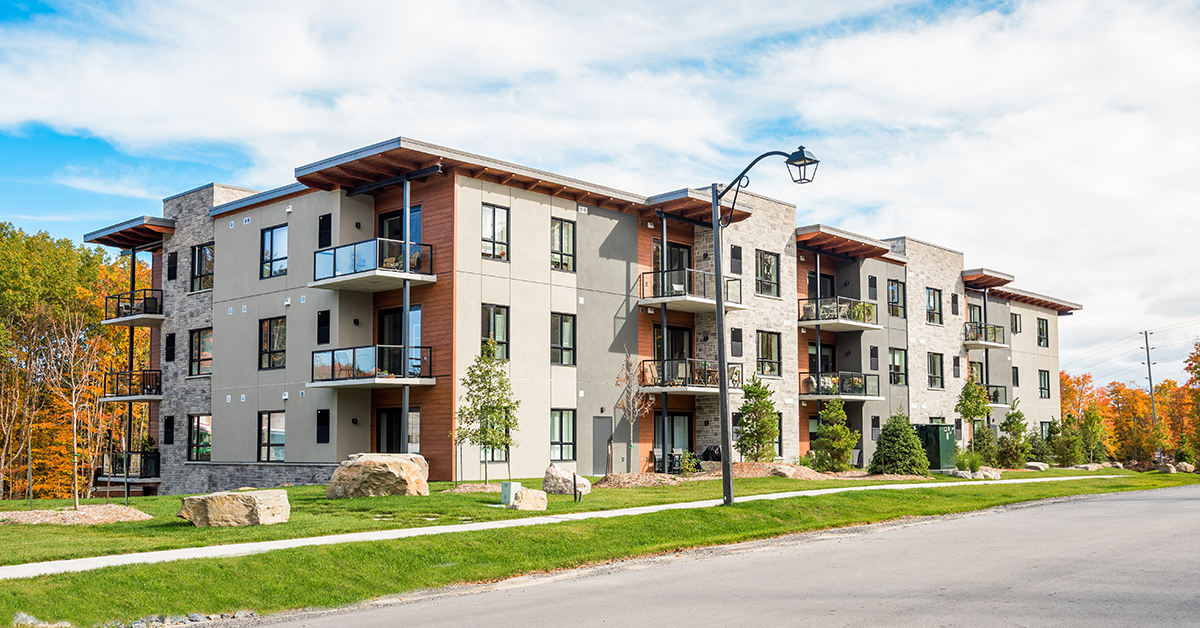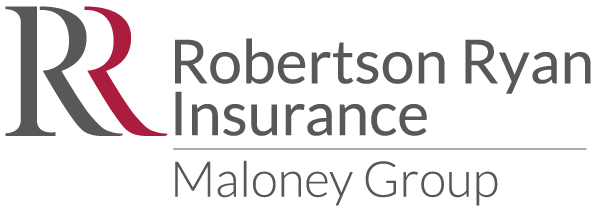The Evolving Landscape of the Condominium Insurance Market: Challenges and Opportunities
February 15, 2025

The condominium insurance market continues to face significant challenges, driven by increasing claims, natural disasters, and rising reinsurance pressures. These factors are reshaping how insurers evaluate risks, set premiums, and navigate a complex regulatory environment. Understanding these dynamics is essential for condominium associations, insurers, and stakeholders.
Rising Claims and Their Impact
Condominium insurance claims have surged in recent years, with the bulk of losses stemming from weather-related events, such as hailstorms, hurricanes, and wind damage. Roof repairs and replacements remain a critical issue, accounting for a substantial portion of claims. For many condominium associations, aging infrastructure exacerbates vulnerabilities, increasing the frequency and severity of losses.
Hail damage, in particular, has emerged as a significant driver of claims in regions prone to severe storms. Advances in technology, such as high-resolution satellite imagery and AI-driven risk assessments, have enabled insurers to better analyze these risks, but they also highlight the growing cost burden associated with frequent extreme weather events.
Roofing Challenges: A Central Concern
Roof-related claims present a unique challenge for condominium associations and insurers. Many associations face financial strain when required to meet higher deductibles for wind or hail damage. Furthermore, disputes often arise regarding whether repairs or full roof replacements are necessary, adding delays and costs to the claims process.
To mitigate these risks, insurers are increasingly requiring more stringent maintenance protocols and regular inspections. Some policies now include depreciation schedules for roofs based on their age, shifting additional costs onto associations if older materials are damaged.
Insurers Exiting the Market
The growing volatility in the condominium insurance market has prompted several insurers to withdraw from the sector. In states like Florida and Texas, where hurricane and hail risks are particularly pronounced, insurers have faced mounting losses that exceed premium revenue. This exodus has left condominium associations scrambling to secure coverage, often turning to surplus lines or specialty carriers at significantly higher costs.
The departure of insurers also creates a more concentrated market, reducing competition and further driving up premiums. Condominium associations are increasingly forced to navigate a challenging landscape with fewer options and less negotiating power. As insurers exit, the importance of finding a stable, long-term partner becomes even more crucial for associations seeking reliable coverage.
The Role of Reinsurance
The reinsurance market—where insurers transfer portions of their risk to other insurers—has faced immense pressure from the frequency and severity of catastrophic events. Global reinsurers are raising premiums and tightening terms, driven by multi-billion-dollar losses from disasters like hurricanes and wildfires.
This reinsurance pressure trickles down to the condominium insurance market. Insurers are passing on higher costs to policyholders, resulting in premium hikes, reduced coverage limits, or the implementation of higher deductibles. Associations in disaster-prone regions are particularly affected, as insurers recalibrate their underwriting models to reflect growing risk.
The Shifting Role of Insurers
Insurance companies are adapting to this challenging landscape in several ways:
- Advanced Risk Modeling: Insurers are investing in predictive analytics to better understand risk factors, including the impact of climate change on future loss patterns.
- Policy Adjustments: Many insurers are adjusting policy terms, such as introducing percentage-based deductibles for wind and hail claims or excluding specific risks altogether.
- Education and Collaboration: Insurers are working more closely with condominium associations to promote proactive risk management, including regular maintenance, proper documentation, and storm preparation protocols.
What This Means for Condominium Associations
Condominium boards and property managers must adopt a proactive approach to manage their insurance needs. Key strategies include:
- Investing in Preventative Maintenance: Regularly inspecting roofs, siding, and other structural components can help reduce vulnerabilities and lower claim risks.
- Understanding Policy Terms: Associations should thoroughly review insurance policies to understand deductibles, exclusions, and coverage limits.
- Budgeting for Higher Costs: Boards should anticipate rising premiums and adjust their budgets accordingly. Exploring alternative financing options for major repairs may also be necessary.
- Partnering with Experts: Collaborating with knowledgeable brokers and insurers ensures access to tailored solutions and valuable guidance in navigating a challenging market.
Conclusion
The condominium insurance market faces unprecedented challenges, driven by escalating claims, reinsurance pressures, and the growing impact of extreme weather. However, these challenges also present opportunities for innovation and collaboration. By leveraging technology, fostering resilience, and adopting proactive risk management, insurers and condominium associations can work together to navigate this evolving landscape successfully.
As the market continues to shift, staying informed and prepared will be key to ensuring financial stability and protection for condominium communities.
This blog post is for informational purposes only and does not constitute professional advice. For guidance specific to your situation, please contact us directly to discuss further.
